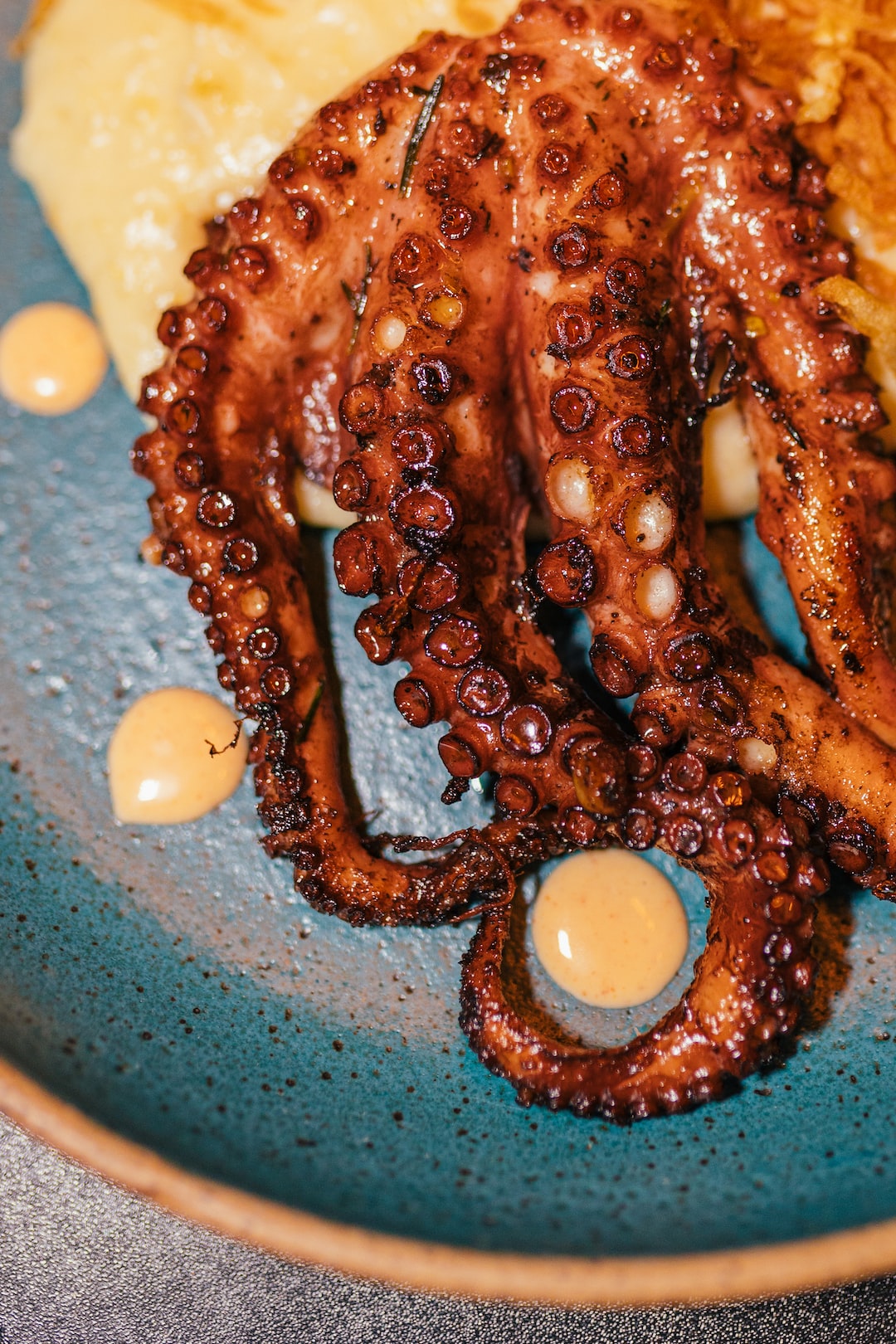The History and Evolution of Sushi
Sushi is undoubtedly one of the most popular and beloved dishes in the world. A delicacy that originated in Japan, sushi has evolved over centuries, leaving a lasting impact on global cuisine. The history of sushi is fascinating, and understanding its evolution can deepen our appreciation for this culinary art.
The origins of sushi can be traced back to ancient Southeast Asia, where people discovered that fermenting fish with rice preserved the fish, allowing it to be stored for extended periods. This technique was brought to Japan around the 8th century, where it began to develop into the sushi we know today.
During the Muromachi period (14th to 16th centuries), the shari, or vinegared rice, was created. This vinegar-infused rice, combined with fresh fish, allowed for a delightful harmony of flavors. However, it was still different from the sushi as we understand it today, as it was primarily a preservation method and the fish was discarded.
It was not until the Edo period (17th to mid-19th century) that sushi began to resemble its present form. In the bustling streets of Edo, modern-day Tokyo, the concept of fast food emerged, and sushi became a popular choice for on-the-go meals. Yatai, or food stalls, would sell nigiri sushi, which consisted of a small ball of vinegared rice topped with a slice of fish. It was during this period that sushi evolved from a preservation method to a delicious and convenient snack.
The 19th century saw the advent of sushi restaurants, giving rise to the sushi we are familiar with today. Hanaya Yohei, a sushi chef in Tokyo, is credited with making significant innovations to sushi during this time. Rather than discarding the fish after its role in the fermentation process, he began serving it on top of the rice, creating what we now know as nigiri sushi. This revolutionized sushi, making it a more enjoyable and refined dining experience.
The first sushi restaurant in Tokyo, called Yohei Sushi, was opened in 1824. It popularized the idea of sitting at a counter and ordering from a sushi chef, an approach that has been adopted by sushi restaurants worldwide. This innovative way of serving sushi allowed chefs to showcase their skills and allowed customers to witness the preparation process, thereby enhancing the dining experience.
Sushi continued to evolve and adapt over time. In the early 20th century, due to advancements in technology, refrigeration became widely available. This allowed sushi to be consumed with raw fish, as it could be stored at safe temperatures. Raw fish, which was usually avoided due to health concerns, suddenly became an integral part of sushi, leading to the creation of sashimi.
In the mid-20th century, sushi experienced a revolution with the introduction of the California roll. Created in Los Angeles during the 1960s, this roll consisted of avocado, crab, and cucumber, with the seaweed on the inside. This innovative adaptation made sushi more approachable for Americans, who were not accustomed to eating raw fish. The California roll paved the way for the popularity of sushi in the Western world, leading to the proliferation of sushi restaurants worldwide.
The globalization of sushi has resulted in the fusion of different cuisines and ingredients. Today, sushi rolls come in countless variations, with fillings such as cream cheese, teriyaki chicken, and even fruits like mango. While purists may argue that these creations deviate from traditional sushi, they highlight the adaptability of the dish and its ability to cater to diverse palates.
From its humble beginnings as a preservation method in Southeast Asia to becoming a global phenomenon, sushi has certainly come a long way. It is a testament to the ever-changing nature of food and the influence of different cultures on culinary practices. Sushi continues to evolve, offering new flavors and experiences, making it a consistently exciting and enjoyable dish.
So, the next time you savor a piece of nigiri or bite into a creative sushi roll, take a moment to appreciate the rich history and evolution that lies behind this delectable delicacy.
